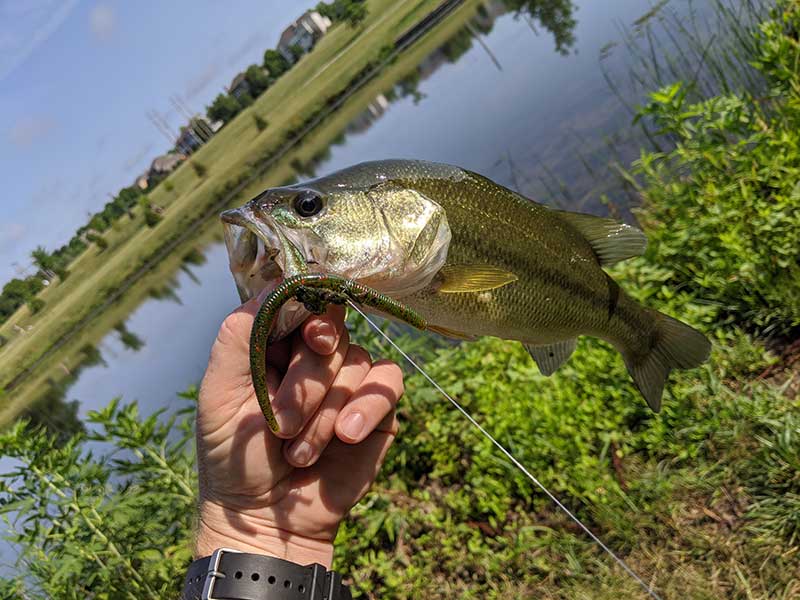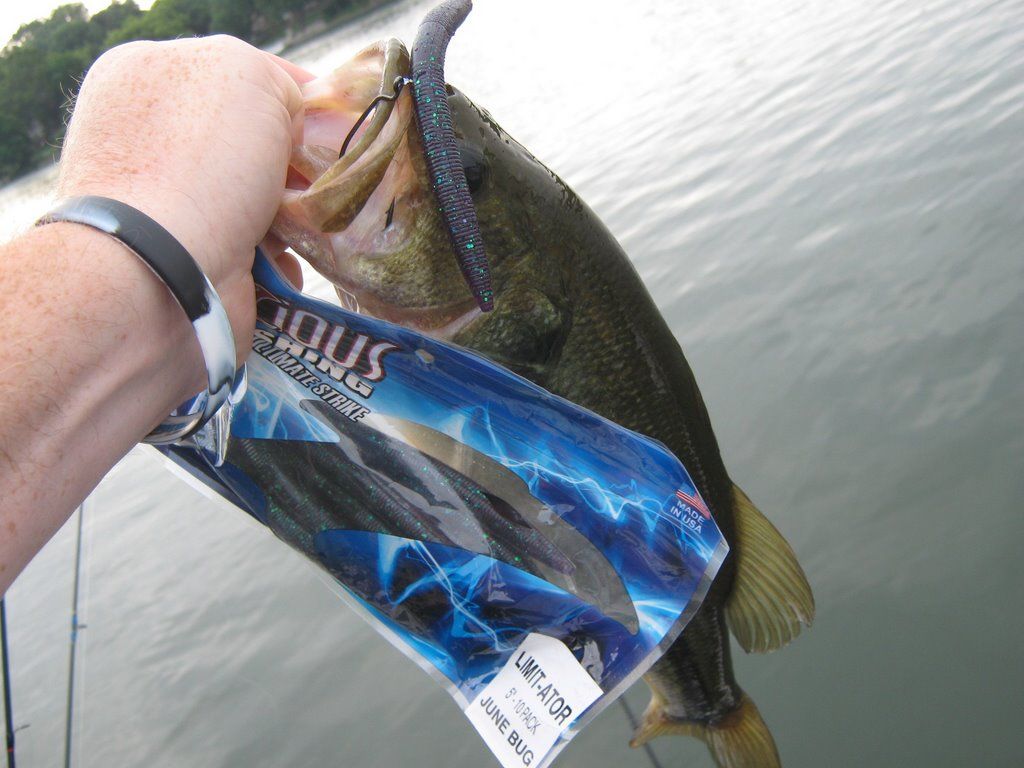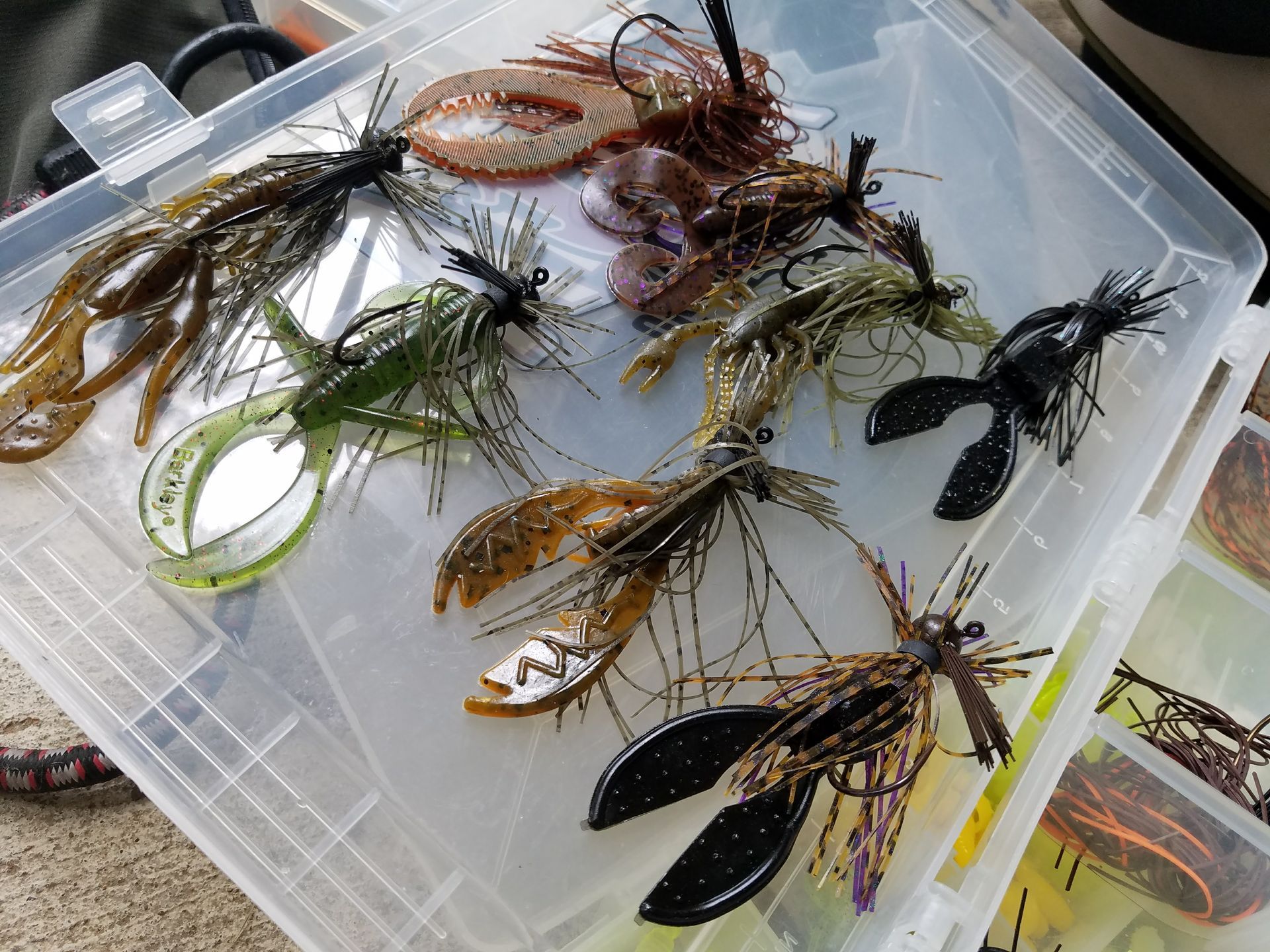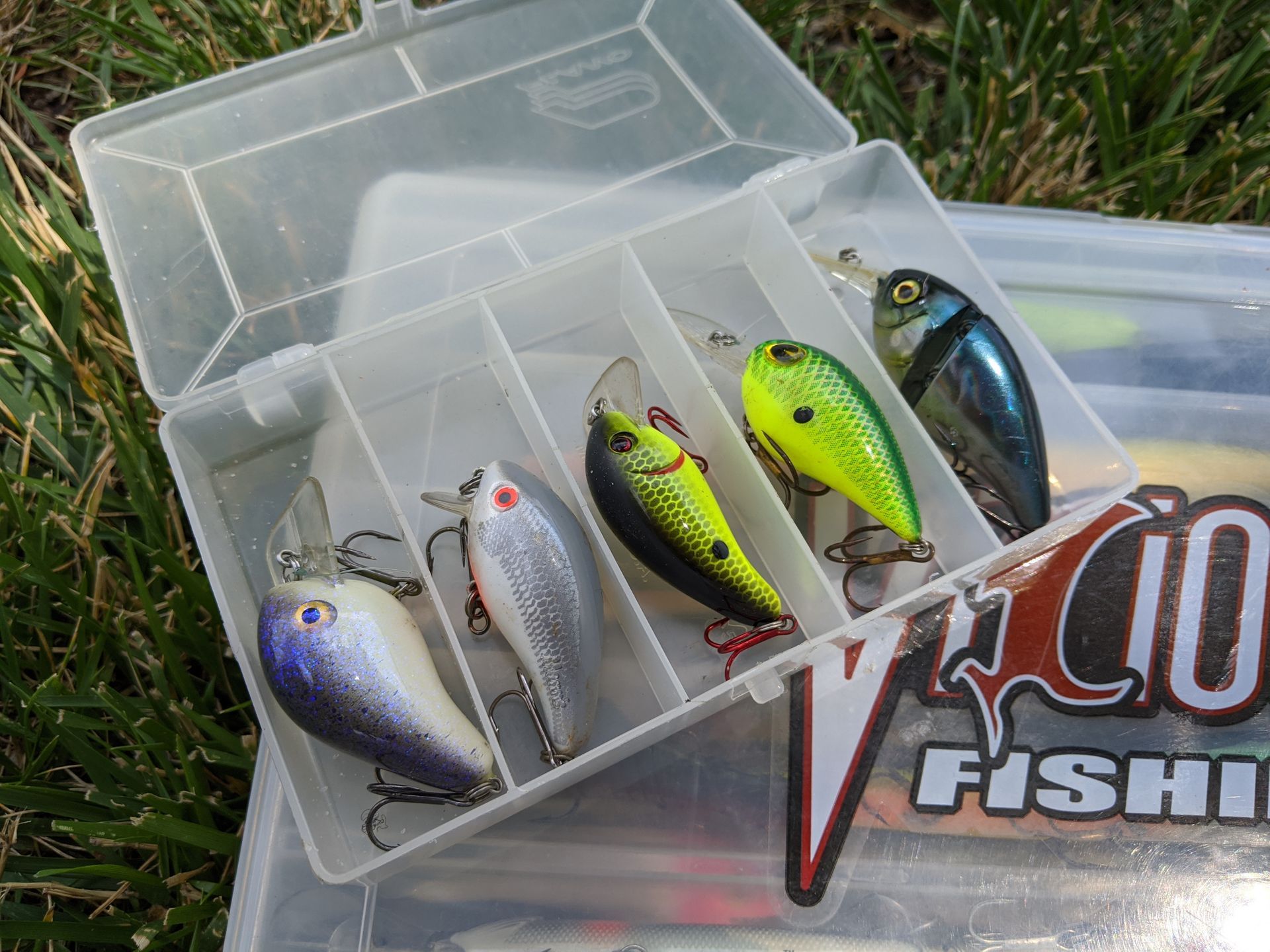Are you on the quest for catching largemouth bass? These little green footballs offer a thrilling challenge for anglers of all levels.
Whether you're a beginner or an experienced angler, we've got you covered with a range of effective techniques suited for various regions. Get ready to learn about some of the best tactics and gear to maximize your success in the pursuit of largemouth bass!
Introduction to Largemouth Bass
Largemouth bass (Micropterus salmoides) are one of the most sought-after freshwater game fish in North America. Known for their aggressive strikes and powerful fights, they provide an exhilarating experience for anglers of all levels. Whether you're a seasoned pro or a beginner, learning about largemouth bass behavior and habitat preferences is essential for a successful fishing expedition.

Conservation and Catch Limits
Responsible fishing practices are crucial for the conservation of largemouth bass populations. Always adhere to local fishing regulations and catch limits to protect these valuable fish. Engaging in catch and release whenever possible ensures the sustainability of bass populations for future generations of anglers.
Behavior and Habitat Preferences
Largemouth bass are ambush predators that prefer calm waters with abundant vegetation and structures. They often hide around submerged objects such as fallen trees, rocks, and weed beds, waiting to ambush their prey. Understanding their preference for sheltered areas can greatly increase your chances of locating them.
Feeding Habits and Diet
Largemouth bass have a diverse diet, feeding on a variety of prey depending on their size and location. Their menu includes small fish, insects, crayfish, and even small mammals like mice and frogs. Being opportunistic predators, they adapt their feeding patterns to the available food sources in their environment.
Seasonal Patterns and Migration
Throughout the year, largemouth bass exhibit different behaviors based on the changing seasons. In spring, they move into shallow waters to spawn. Summer sees them seeking cooler and deeper areas, while in fall, they become more active again. Winter brings a slowdown in their metabolism, making them less active and requiring a different approach to catch them.
Tips for Identifying Largemouth Bass
Largemouth bass can be easily distinguished by their large mouth, extending beyond the eye, and their dark lateral stripe running along the sides. They typically have a greenish-brown coloration, blending in with their surroundings. Familiarizing yourself with these identifying features will prevent accidental catches of other bass species.

Upcoming Content:
Fishing Techniques for Largemouth Bass
- Pig and Jig Setup: How to Rig and Fish it
- Plastic Worm Fishing: Different Worm Types and Rigging Techniques
- Topwater Fishing: Selecting Topwater Lures and Retrieval Styles
- Drop Shot Fishing: Rigging and Presentation Tips
- Crankbait Techniques: Mastering Diving Depths and Retrieves
- Spinnerbait Tactics: Blade Types, Colors, and Retrieve Speeds
Choosing the Right Colors and Baits
- Importance of Color Selection in Lure Fishing
- Matching the Hatch: Understanding Natural Prey
- Best Colors for Different Water Conditions
- Exploring Soft Plastic Baits: Sinkos, Senkos, and Custom Baits
- Hard Baits: Crankbaits, Jerkbaits, and Lipless Lures
- Jigs and Trailers: Color Combinations for Various Situations
Essential Tackle and Gear for Bass Fishing
- Selecting the Right Fishing Rod and Reel Combination
- Understanding Fishing Line Types and Pound Test
- Hooks and Weights: Mustad Worm Hooks and Nail Weights
- Fishing Line Knots: Tying Strong and Reliable Knots
- Essential Accessories: Polarized Sunglasses and Fish Finders
- Tackle Organization: Choosing the Right Tackle Box or Bag
Mastering Different Retrieve Styles
- Importance of Varying Your Retrieve
- Steady Reeling: When and How to Use it
- Stop-and-Go Technique: Mimicking Injured Prey
- Twitching and Jerking: Creating Erratic Movements
- Bottom Bouncing: Techniques for Bumpin' and Draggin'
- Adapting Retrieves to Water Temperatures and Seasonal Patterns


Weather Patterns and Bass Fishing
- How Weather Affects Bass Behavior
- Fishing Strategies for Sunny Days
- Tactics for Cloudy or Overcast Conditions
- Windy Weather: Pros and Cons for Bass Fishing
- Fishing During Rain and Post-Rain Conditions
- Tips for Cold Fronts and Changing Weather Patterns
Proper Catch and Release Practices
- The Importance of Responsible Fishing
- Handling Bass with Care: Avoiding Harm
- Barbless Hooks and Quick Release Techniques
- Ethical Fishing: Catch Only What You Need
- CPR: Catch, Photo, Release for Conservation
- Supporting Fisheries Management and Regulations
